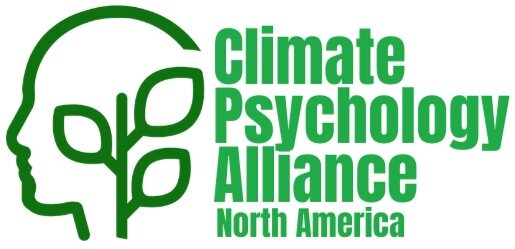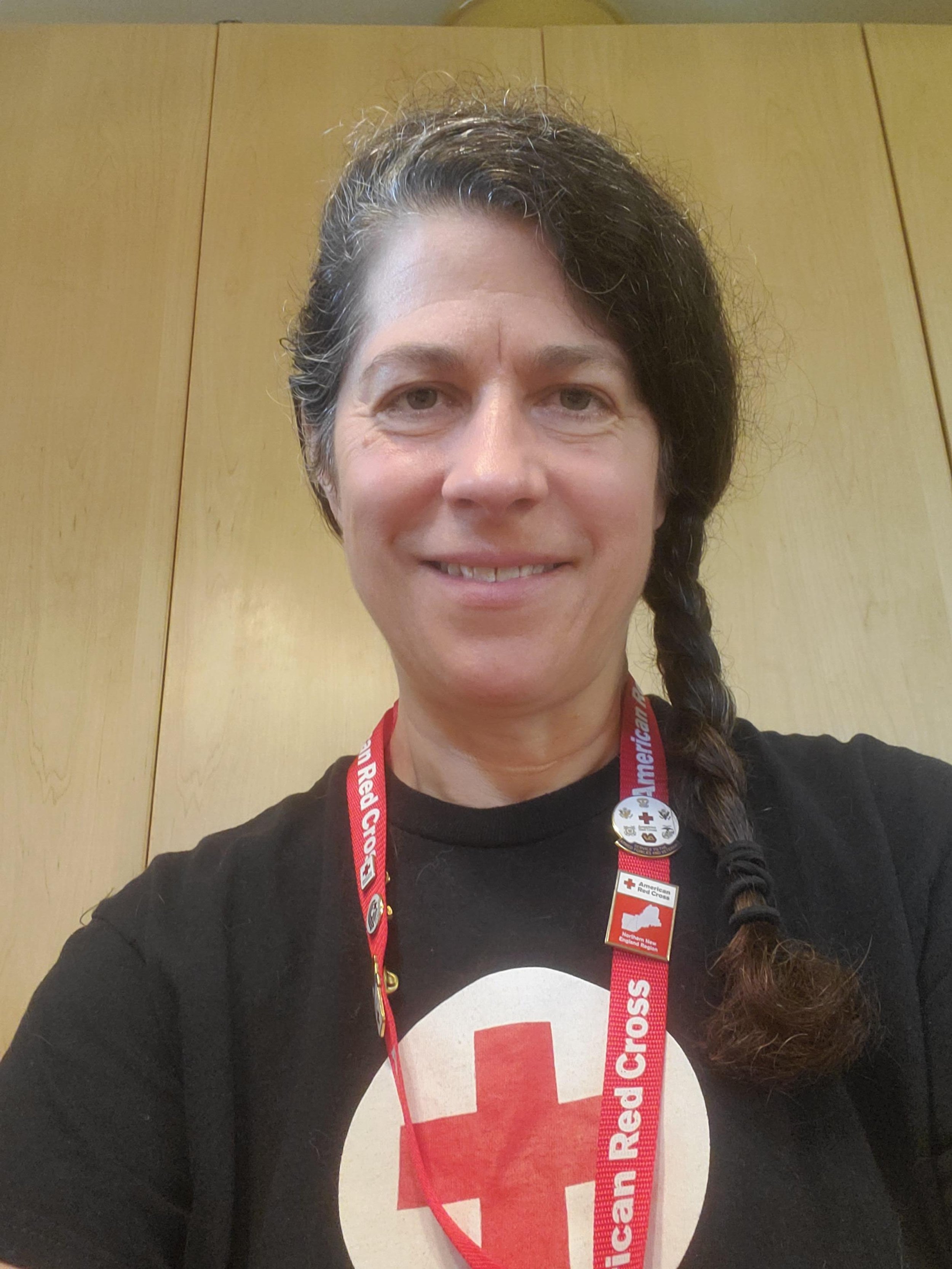Disaster Mental Health in a Climate Changed World
Recently I had the privilege to use my mental health training to support people after the Vermont floods. I had worked for the American Red Cross Disaster Services for 3 years after college and had loved being a part of an organization with a clear humanitarian mission. I left that job to go to Social Work school, where I ended up majoring in clinical social work.
Fast forward almost 30 years. During the pandemic I engaged with the American Red Cross again, and completed their training to be a Disaster Mental Health volunteer. Volunteering mostly involved phone calls with people who had lost their homes in a fire. I would provide Psychological First Aid and possibly make referrals or I might participate in a condolence visit for a family who had lost their loved one in a fire, together with a spiritual care volunteer. Although being deployed to a major disaster was always an option, I did not feel I could take the time away from my private practice, and remained focused on local events. In the back of my mind I always thought that Vermont might experience a major disaster due to climate change, and I wanted to be ready.
Photo Credit Sara Demetry
In early July, that disaster occurred. The flood waters in Vermont devastated many towns including the state capital Montpelier and Barre “city”. The entire downtown of Montpelier was flooded, and nearly all of the businesses, including bookstores, restaurants, banks, thrift shops, toy stores, the ice cream shop, and even the fire station, were badly flooded. The nearby shelter in Barre registered 200 people that first night, and it was reported that there were over 200 water rescues in Vermont. My community, just 30 miles away, was not badly impacted. We had only a few inches of rain, compared with 8 or 9 inches in the hardest hit mountain areas.
On my way to the Barre shelter that first day, I navigated around road closures. There were large heaps of mud everywhere in town. People with shovels and machinery were moving earth. Some driveways were just huge gaping holes, and many downed trees had been removed from roadways.
This was my first time in a mental health role at a shelter. I took some food and one bottle filled with water from home since I refuse to drink bottled water. I did not anticipate that I would not be able to use tap water, so I returned home somewhat dehydrated. The shelter was just coming together, and the flood was in the process of being declared a national operation by the Red Cross. This meant that volunteers from other places would be coming to Vermont to provide staffing for shelters, disaster assessment, and other functions. An animal shelter called VDART (Vermont Disaster Animal Rescue Team) was set up next to the “people” shelter, to provide a place for displaced animals. When I arrived the parking lot was almost empty. There were people smoking outside the entrance.
Barre is called “scarey Barre” by some locals. It is known for drugs and a few murders, although other residents say this is exaggerated. The shelter population was a mixture of folks, many of whom lived rough. It was evident that there were chronically homeless people, people with chronic mental illness or substance abuse, people who were caught by the flooding as they were traveling from one place to another. One elderly woman arrived from a neighboring town and made it clear that she was not of the class of persons to be at the shelter. Clearly, if people had resources, they did not end up here for long. The shelter provided for the folks that had no other options. There was resilience evident, in terms of being able to survive and live in difficult circumstances in their daily lives. And now they were dealing with the loss of that already difficult situation.
People told stories of survival that first day. Many with only the clothes on their back, who had lost everything, or had no information yet on the condition of their dwelling. There were stories of escapes, water rescues, people having to leave beloved animals, attachment to things that were family heirlooms. One shelter resident remarked that she had never understood that in a flood the water flowed through with the force of a current, rather than just rising.
People coped with being in the shelter differently. Some were highly distrustful of others and kept to themselves. One woman wanted to find a store that had knitting needles and yarn, her way of coping with stress. The difficulty with the uncertainty of what is next was challenging and destabilizing. My job was to assess risk, and help them connect with their strengths and resources.
Other aspects of my day included the smell of sewage mixed with fuel oil and river water, the warmth of other volunteers, the small victories that emerged as people sometimes got good news and began to connect with resources. I loved that I didn’t have to document anything. I could use all of my energy to listen and help people tell their story and hear themselves tell it. I learned that the plastic water bottles are not just practical, but also grounding for people in a tactile way.
After tropical storm Irene in 2011, the slogan was “Vermont Strong”; people helping one another is part of the Vermont culture. For days, I heard about people volunteering to help with the cleanup, providing food for workers, and extending financial support.
The author preparing to go to the Red Cross shelter
As days went on in the shelter, the inconveniences began to wear on people… the initial lack of a hot water shower, the limitations in meeting what people felt were basic needs but not necessarily emergency needs. As the structure of the Red Cross organization as well as the larger structure of disaster response formed, FEMA and other resources such as faith-based disaster services arrived. The parking lot filled up. Showers and laundry needs were worked out, and work of recovery began in earnest. My role became hearing peoples’ frustration with the response, the limitations, and giving them a place to vent and grieve their losses, normalizing their reactions, emotions, and experiences. Toward the end of the shelter operation, most people had a plan or were connected with resources to help with their recovery. Gradually people left the shelter, and the shelter prepared to close.
This was the first time I responded to a major disaster but it will not be the last. With smoke on the horizon, extreme heat in the south and in Europe, and deluging rains, it is clear that this is a new era. My hope is that we will always engage in helping each other, and that organizations like the Red Cross will endure to lead those efforts.



